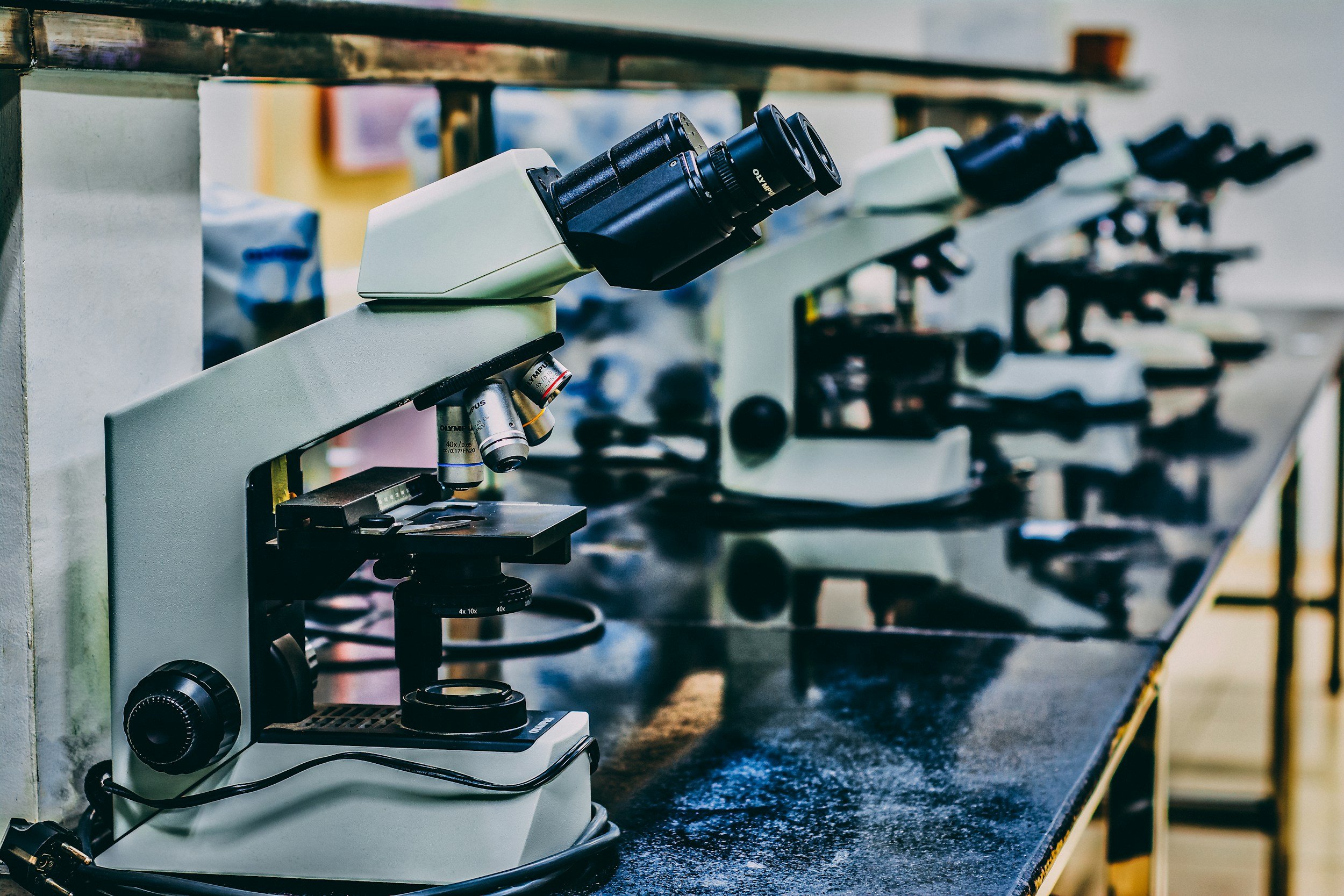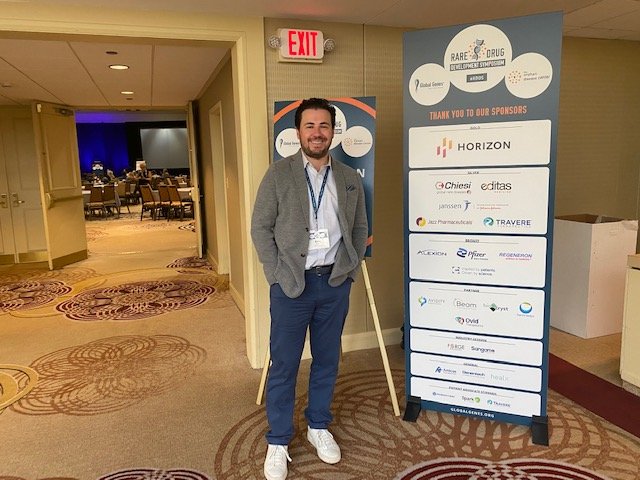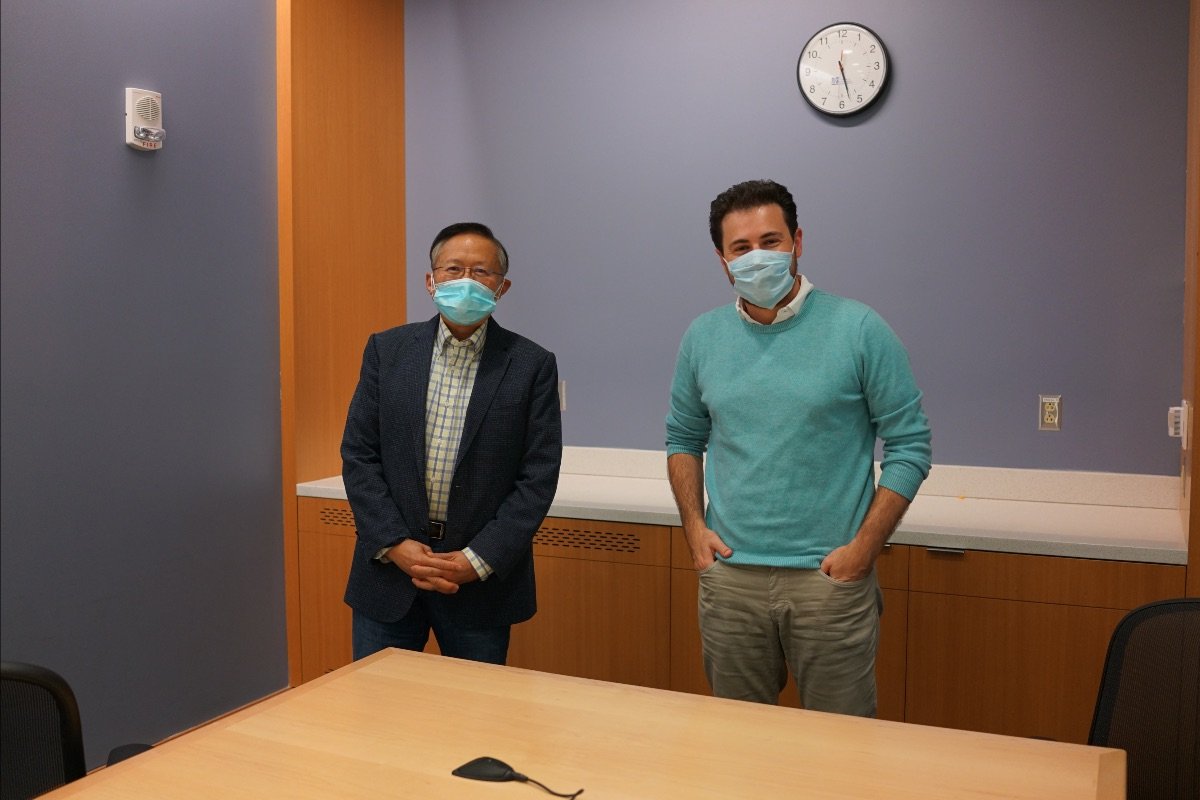Research

To date, we’ve raised millions of dollars and funded dozens of projects worldwide to advance our goal of developing treatments and ultimately a cure for FOXG1 syndrome. Our work truly spans the globe, with past and present projects across the United States, the United Kingdom, China, Japan, Italy, Israel, Germany, and Australia.
Here’s a brief overview of our work:
Basic background:
People have two copies of each gene in their cells. Everyone has mutations in some of their genes, but in most cases, the human body is able to compensate for such mutations and still provide a “normal” life for the individual. The FOXG1 gene is a transcription factor, meaning that it’s a protein that controls how DNA is transcribed to messenger RNA. That is, it controls several downstream processes in the central nervous system - and when a mutation occurs in either copy of the FOXG1 gene, it disrupts a lengthy chain of processes that is required for normal development to occur. Because the FOXG1 gene is so important, when either copy has a mutation, the body is unable to compensate for this problem. This is called a haploinsufficiency disorder (i.e., a mutation in one copy is enough to have the disorder). Patients with FOXG1 syndrome do not have the correct amount of FOXG1 protein. In the majority of cases, patients do not have enough of the protein, and this protein deficiency is what causes all the downstream problems, making the disorder so severe.
Our strategy:
Because patients with FOXG1 syndrome do not have the correct amount of the FOXG1 protein, our aim is to restore and normalize FOXG1 protein expression. There are different ways to do this. One way is to “replace” the “bad” copy of the gene with a healthy copy. Another is to ignore the “bad” copy and instead try to manipulate the healthy copy to produce more FOXG1 protein. Yet another is to edit the mutation out entirely via tools like CRISPR.
In order to develop and test therapeutics, it is necessary to have cell lines and rodent models to measure the safety and efficacy of novel drugs. We’ve worked with several companies to develop these important assets.
Our principal areas of translational research are as follows:
Gene replacement therapy - As the name suggests, this treatment method centers on delivering a “replacement” copy of the FOXG1 gene to a large number of brain cells. The new copy is intended to replace the faulty copy in each cell, and if successful, the replacement copy produces the correct amount of the FOXG1 protein, thereby normalizing the overall amount of FOXG1 protein. In turn, this will normalize the downstream implications caused by the deficiency. This preclinical program began for us at the University of Massachusetts Medical School (UMMS), and our program has expanded to include continued work with UMMS and multiple contract research organizations.
Antisense oligonucleotide therapy - Nucleotides are compounds that form the basic structural units of nucleic acids such as DNA. An “ASO” refers to short oligonucleotides - basically, molecules consisting of a small number of nucleotides - that can modify gene expression in the nervous system. Unlike with gene replacement therapy where we effectively try to substitute the faulty gene copy with a healthy one, here we are seeking to increase the FOXG1 protein production of the healthy gene copy. What matters is the overall amount of protein generated, not which gene copy produces more or less of the protein. So this is an alternative approach, and we are working primarily with contract research organizations on this preclinical program.
Drug repurposing - Naturally, there are thousands of drugs available in the marketplace for various purposes. This preclinical program, which began at Tel Aviv University and has expanded to include partnerships with industry and with the National Institutes of Health, aims to identify existing compounds that may, inadvertently, increase FOXG1 protein expression. If successful, this is often the fastest path to the clinic because the drug has already received some level of regulatory scrutiny and approval.

Believe in a Cure meets with scientists from around the world in the foundation's first global research symposium.

Our scientific teams work around the clock to review data and conduct experiments.

Our CEO Scott Reich attends a Rare Disease Drug Symposium in Philadelphia.

Our CEO Scott Reich meets with Dr. Guangping Gao to discuss progress in our gene therapy project at UMass Medical School.
